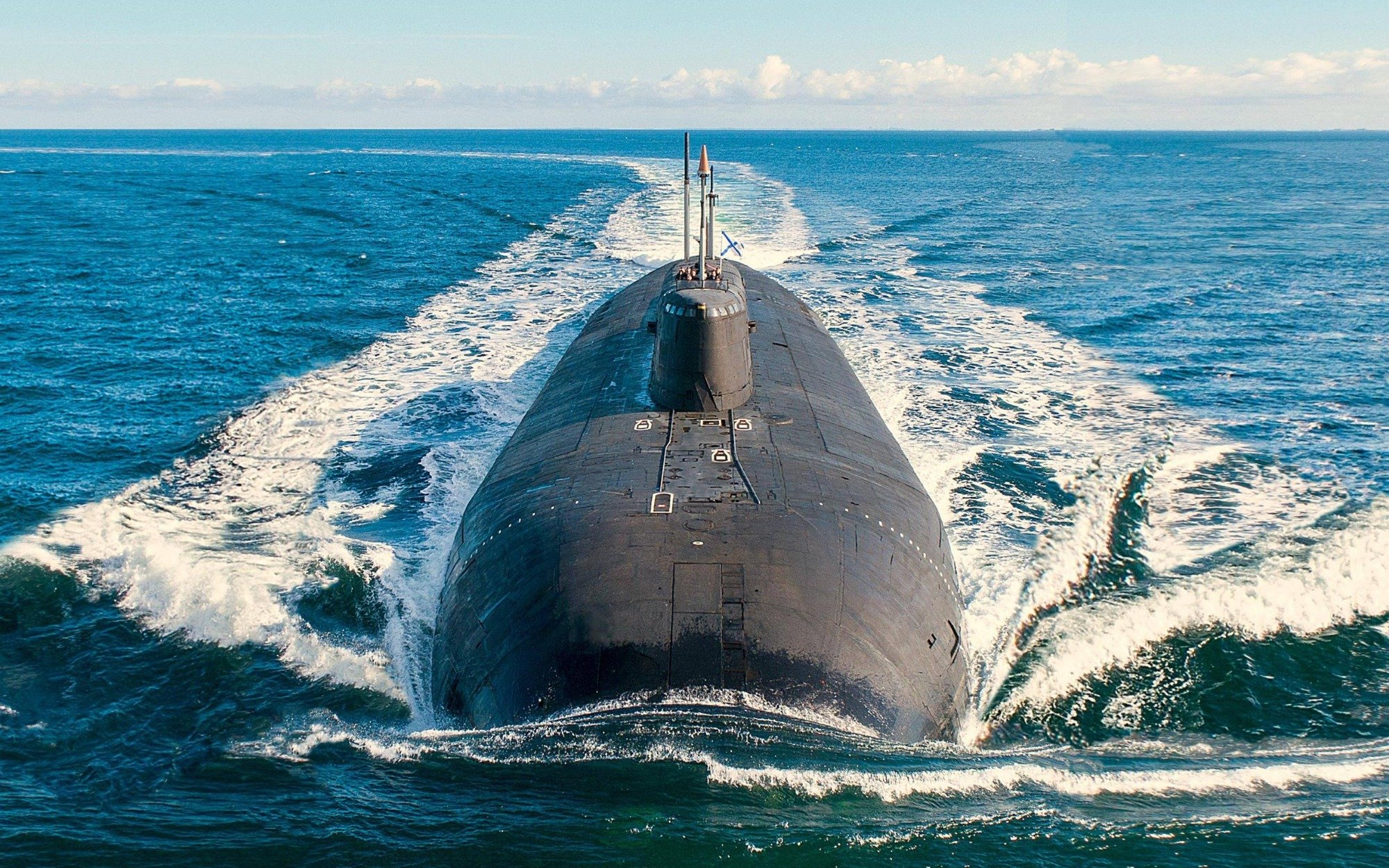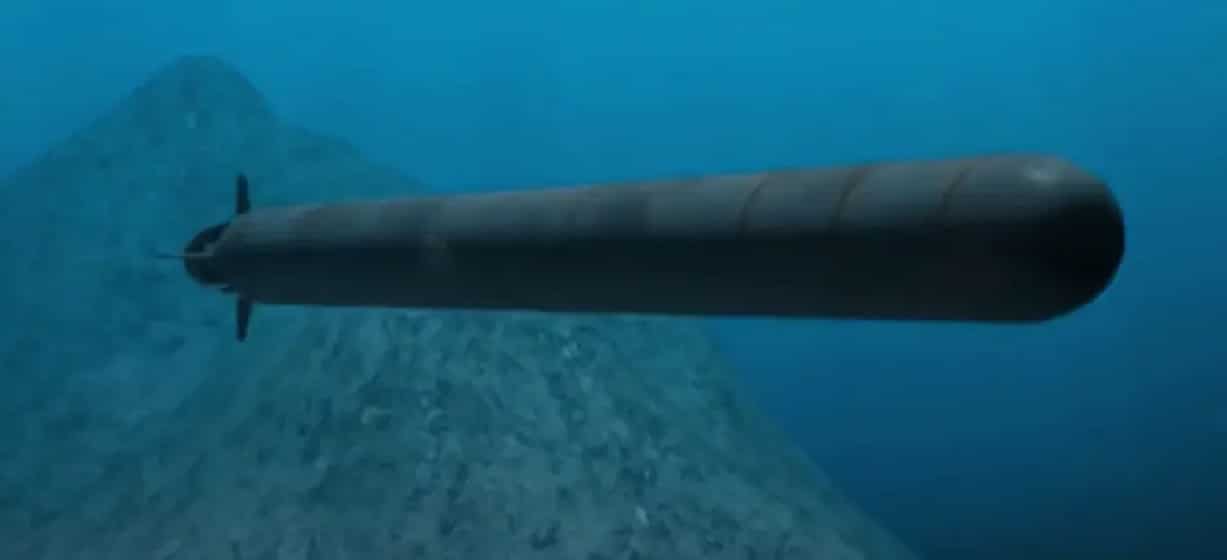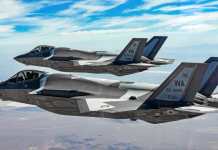Military observers believe that Russia has found itself cornered by Ukrainian forces in the past few weeks after the withdrawal from the strategic Snake Island. However, against this criticism, Russia sprung a surprise and inducted one of the biggest ever submarines – the Belgorod.
High-Powered Lasers Weapons – US Military Asked to Speed-Up DEWs To Take-Out Chinese, Russian ICBMs
On July 8, Russia commissioned the Belgorod submarine, the largest submarine built in 40 years and second only to the renowned Typhoon class. The shipyard announced in a statement that a solemn ceremony was held to sign the acceptance certificate and transfer of the sub to the Russian Navy.
St. Andrew’s flag, Commander-in-Chief of the Navy Nikolai Evmenov, emphasized that “Belgorod” would give Russia a new opportunity to perform research and allow it to carry out a variety of scientific missions and rescue operations in the most secluded regions of the World Ocean.
It was not revealed where the gigantic sub would be deployed.
Project 09852 Belgorod is based on a modified Russian Oscar-class guided-cruise missile submarine that can now carry six 80-foot Poseidon nuclear torpedoes that have a warhead capacity of up to 100 megatons.
The statement from the shipyard, however, made no specific mention of the Poseidon torpedo.

Russians have long criticized the American ballistic missile defense systems in Europe for the strategic imbalance it created against Russia. By developing a nuclear weapon that could evade a US Ballistic Missile Defense (BMD) screening, Poseidon and Belgorod were designed to neutralize the US BMD edge, according to USNI News.
Belgorod is a member of the Russian Navy’s specialist submarine fleet run by the Main Directorate of Deep-Sea Research (GUGI in Russian), designed for espionage, deep-sea rescue, and special missions. The GUGI boats operate from an isolated Arctic base on the Kola Peninsula on the Barents Sea.
Russia Flexing Its Muscle
The Belgorod is a sizable, stealthy, specially designed nuclear vessel that was constructed from the unfinished hull of an Oscar-II cruise missile submarine.
The submarine can reportedly integrate with itself everything ranging from an underwater drone like the Klavesin-2R to Losharik miniature submarines. Naval Analyst H.I. Sutton said on Twitter that the submarine would be armed with Poseidon as well as spy submarines.
***BREAKING***
Russian Navy submarine Belgorod, the largest sub built for 40 years and second only to the famous TYPHOON class (ref https://t.co/upHZRD6QuK) was commissioned today
Now in service with #Russian Navy
This will be armed with Poseidon and also spy subs. pic.twitter.com/xHBd2fX5zP
— H I Sutton (@CovertShores) July 8, 2022
A translation of a Russian presentation captured on camera by the BBC described Poseidon as a nuclear strategic weapon with a range of thousands of miles that would destroy important economic installations of the enemy in coastal areas and cause guaranteed devastating damage to the country’s territory by creating wide areas of radioactive contamination, rendering them unusable for military, economic, or other activity for a long time.

The vessel’s hull was expanded to a length of about 184 meters (604 feet), and its displacement was raised to 30,000 tonnes (when submerged), which was less than half that of the ballistic missile submarines of the Ohio class deployed by the US Navy.
Belgorod will be staffed by Russian sailors but managed by the shady Main Directorate Deep-Sea Research corporation GUGI, according to an article by HI Sutton.
He added that even while the submarine has undergone extensive upgrades and may even be equipped with some of the most cutting-edge equipment, it is still from a previous generation and is presumably less stealthy than submarines from more recent generations.
On April 23, 2019, in Severodvinsk, the submarine was launched. Since then, it has been outfitted with several systems and has undergone intensive testing. The first sea trials of this submarine started in June last year. This submarine was last spotted in the white sea alongside the 40-year-old Dmitriy Donskoi.
New Head-Ache For The West
Western analysts have mostly been perplexed by Belgorod’s intended use. It is believed that the sub will blend two roles.
The first is as a host submarine or “mothership” for small, nuclear-powered submarines that can dive deeply and the second would be of nuclear strike and deterrence, according to a previous analysis by Sutton.
EurAsian Times had earlier reported that it would most likely be used in the Pacific fleet, which might endanger US naval bases on the West Coast and significant cities like Los Angeles. Additionally, its underground construction and inexhaustible nuclear power could move undetected to any region.
Despite the Russian Navy’s sharp decline after the Cold War, the Pentagon has continued to be seriously concerned about its submarine force. A new generation of Russian assault submarines with long-range cruise missiles that can be used to strike European capitals from the North Atlantic has been deployed to sea.
The US Navy reactivated its 2nd Fleet to establish a theatre anti-submarine warfare command in the Atlantic in response to the Russian submarine threat. The prowess of its submarines has been demonstrated in the war against Ukraine that saw the black sea fleet of subs firing Kalibr cruise missiles.
While the Russian Navy may be caught off guard by the Ukrainian forces, the commissioning which was expected to happen later could be a message to the West that it is still very much in the game.
- Contact the author at sakshi.tiwari9555@gmail.com
- Follow EurAsian Times on Google News




